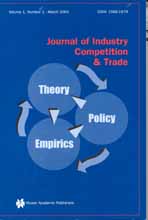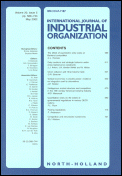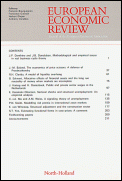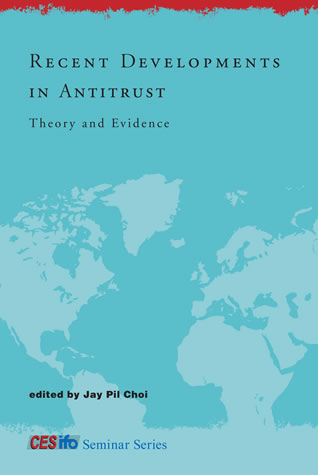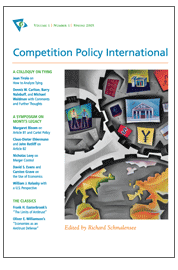2009
“Product Differentiation when Competing with the Suppliers of Bottleneck Inputs”, Regional Science and Urban Economics, 39 (1), pp. 43-53, with Pedro Pereira (Autoridade da Concorrência). 
Abstract : We analyze the product differentiation decision of a downstream entrant that purchases access to a bottleneck input from one of two vertically integrated incumbents, who will compete with him in the downstream market. First, an entrant chooses his product, then the entrant negotiates the access price with two incumbents, and finally the firms compete on retail prices. Counter-intuitively, both the entrant and the access provider prefer that the entrant chooses a product that is a closer substitute of the product of the access provider than of the product of the other incumbent. This occurs because the access provider interacts with the entrant both in the retail market and the wholesale market. We also consider the cases where both parties make the access price offers and where the bargaining stage precedes the location stage.
Keywords: Horizontal differentiation, Location, Access price.
JEL Classification: L25, L51, L96
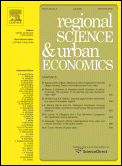
| 